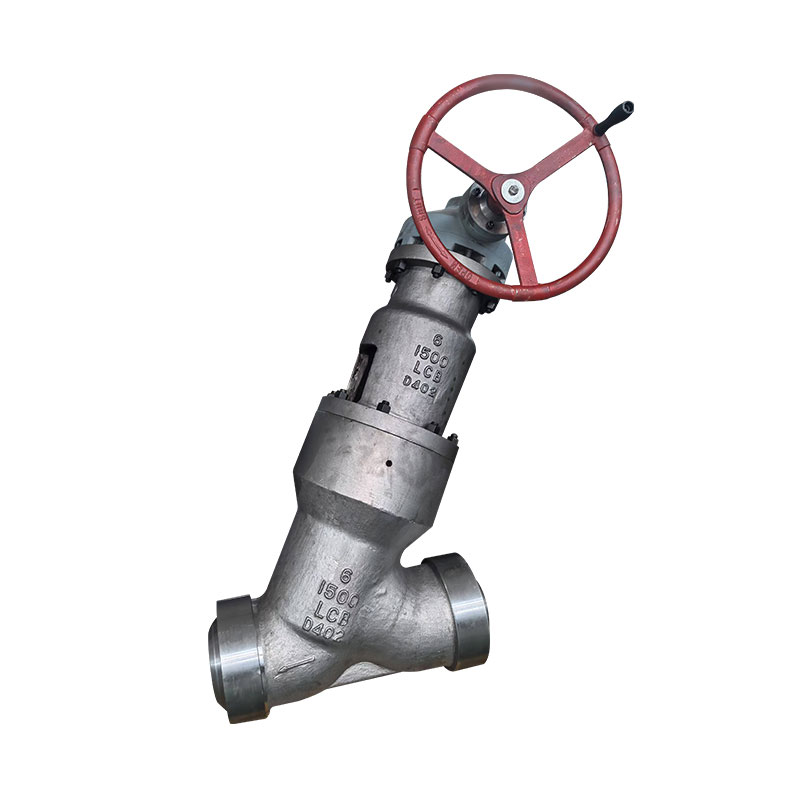
The Three Way Welded Bonnet Globe Valve differs from traditional globe valves by featuring three ports for fluid control, allowing mixing or diversion of flow. It uses a linear motion disk and seat arrangement to regulate fluid, while its welded bonnet construction eliminates body-bonnet flanged joints, which are more prone to leakage under pressure or temperature fluctuations.

The welded bonnet design enhances the valve's overall integrity, making it a preferred choice in high-pressure or high-temperature service. The absence of bolted flanges also reduces maintenance needs and minimizes potential leak paths.
Importance of Interface Processing in the Three Way Welded Bonnet Globe Valve
The performance of the Three Way Welded Bonnet Globe Valve depends heavily on how the valve's interfaces are processed during manufacturing. Interface processing refers to the machining, aligning, and surface treatment of the connection areas between valve components—particularly between the valve body, seats, stem, and bonnet.
Key aspects of interface processing include:
Surface flatness and finish: The sealing surfaces, such as the disc-to-seat contact area, are lapped to a very smooth finish to minimize leakage. A smoother interface enhances tight shut-off capabilities.
Welding quality: In a Three Way Welded Bonnet Globe Valve, the bonnet is directly welded to the valve body. The weld interface must be strong, uniform, and free from defects. Advanced techniques like TIG or submerged arc welding are often used for precision and strength.
Dimensional accuracy: The alignment between the seat and stem must be precise to ensure consistent valve operation. Interface misalignment can uneven wear or improper seating, causing leakage or operational difficulty.
Corrosion-resistant overlays: In some designs, the seating areas are processed with hardfacing materials such as Stellite or other nickel-based alloys. These materials are applied via welding and then ground and lapped to create a durable interface that withstands high wear and chemical exposure.
Machined flow paths: The flow channels in the Three Way Welded Bonnet Globe Valve are machined to minimize turbulence and pressure drop, especially where the three ports converge. The interface between each flow path must be smooth to reduce energy losses and ensure proper fluid mixing or diversion.
Industrial Applications and Benefits
The Three Way Welded Bonnet Globe Valve is widely used in systems where durability, compact design, and precise flow control are required. Applications include:
Steam systems: Where pressure resistance and long service life are essential.
High-purity chemical processes: Where the sealed construction and high-quality interfaces prevent contamination.
District heating systems: Where flow direction may need to be changed with minimal leakage.
Because of its welded construction and high-quality interface processing, the Three Way Welded Bonnet Globe Valve offers several practical benefits:
Reduced maintenance: The welded bonnet design eliminates the need for retightening or gasket replacement.
Improved leak resistance: Precision-machined and welded interfaces minimize potential paths for leakage.
High temperature and pressure suitability: Welded connections and hard-faced seating surfaces withstand service conditions.
Space efficiency: The compact, integral construction makes it ideal for installations with limited room.
Manufacturing Considerations
Manufacturers of the Three Way Welded Bonnet Globe Valve must adhere to strict quality control standards, especially for interface processing. This includes non-destructive testing of welds, dimensional checks of machined parts, and surface finish inspections.
CNC machining is often used to ensure uniformity across multiple units. After welding, stress-relieving heat treatments are also commonly applied to avoid structural distortion and maintain alignment of critical interfaces.

